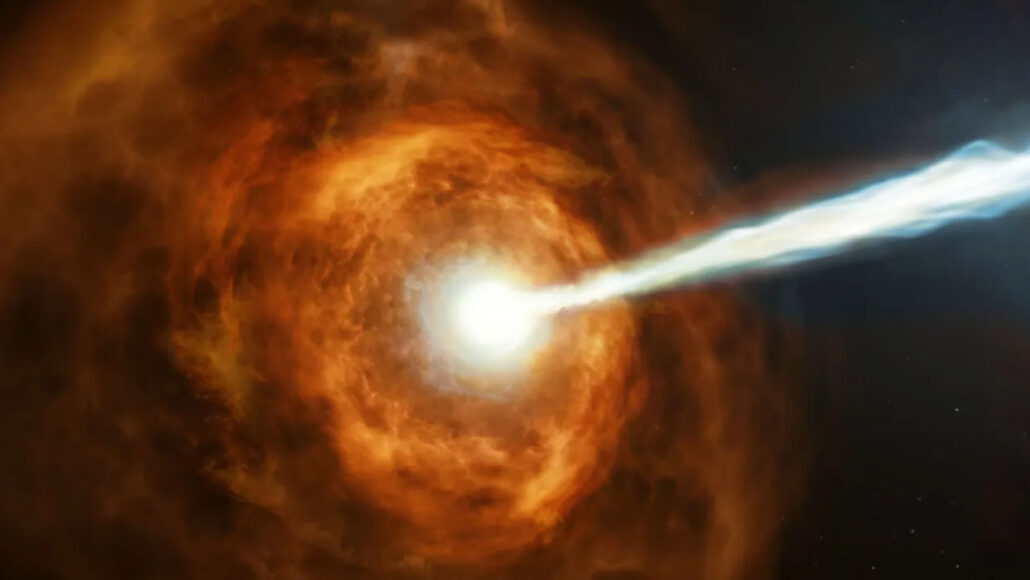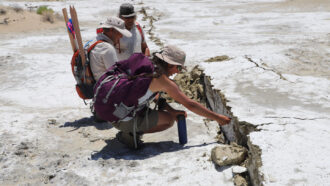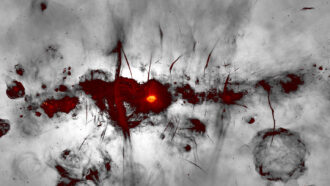
Physics
Scientists Say: Gamma ray
Lightning bolts, nuclear explosions, colliding stars and black holes all throw off this high-energy type of light.
Come explore with us!

Lightning bolts, nuclear explosions, colliding stars and black holes all throw off this high-energy type of light.

Lightning, stars, supermassive black holes and more give off radio waves.

The inner workings of microscopes, telescopes, eyeglasses and other lens-based devices rely on two important laws of optics.

Keeping buildings cool can use a lot of energy. Thanks to quantum computing, engineers designed a coating to cut the warming light that enters windows.

Seismology is the branch of science focused on seismic waves — vibrations that run through or around Earth.

Energy, mass and the cosmos' structure evolved a lot over the past 13.82 billion years — much of it within just the first second.

Tracking these subatomic particles can uncover surprising hidden structures.

Eyelash-like radio filaments accent the brightest feature in this image — a supermassive black hole.

Different kinds of telescopes on Earth and in space help us to see all wavelengths of light. Some can even peer billions of years back in time.

Baby ducks save energy by surfing their mother’s waves, but only if they do it in an orderly line.